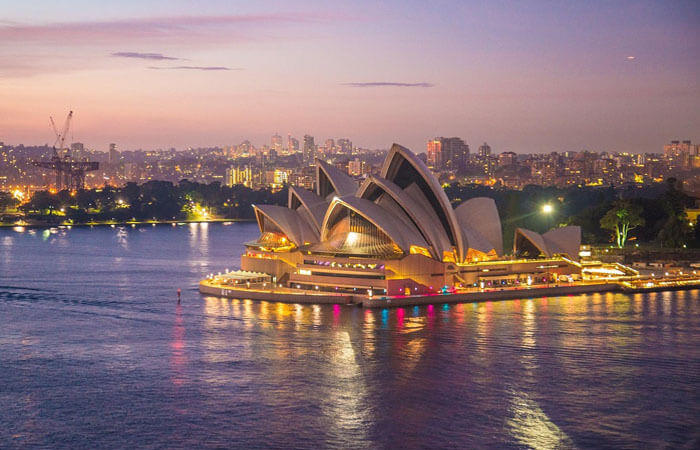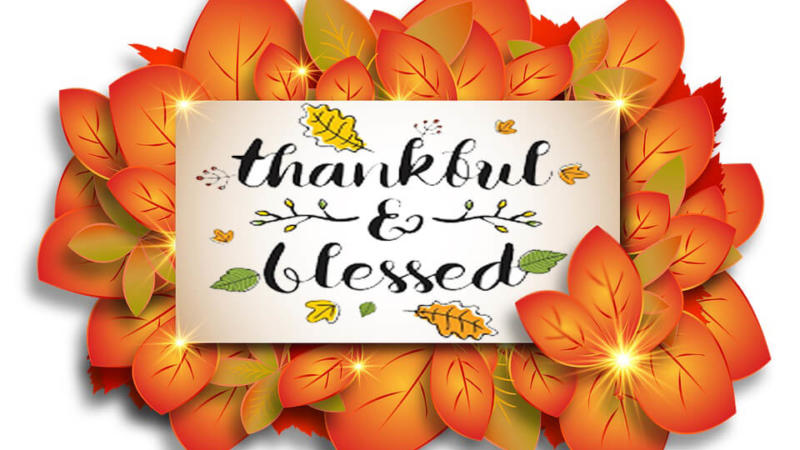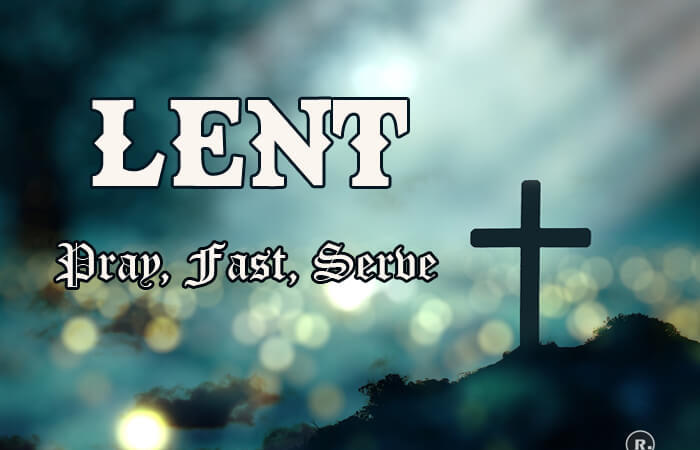Lent Tradition Around The World

Lent season start with a moveable fast occurring annually 46 days before Easter, Ash Wednesday marks the beginning of a 40-day liturgical period of prayer and fasting meant to symbolically correspond with the 40 days Jesus spent in the desert, fasting and fighting temptation by Satan. Three important pillars of Lent help us open our hearts to God and others: a call for deeper prayer, fasting and alms giving. We are called to give up—by fasting and abstaining practices—but also called to give ourselves to others entering in solidarity with those suffering in the world.
Lent is an old English word meaning lengthened, it is marked in spring when the days are longer. The number 40 has a crucial significance in Jewish-Christian scripture. Different countries celebrate their Lent season differently but despite their differences they all commemorate Lent share a similar purpose. In some countries it is customary to fast intensively during Lent, while in some not eating meat on Friday is followed. In addition to avoiding meat they also abstain from dairy, egg, fish, olive oil and alcohol during the Lent season.
United States
The first day of Lent, the period of 40 days before Easter in which many Christians sacrifice ordinary pleasures. Americans give up chocolate or alcohol while dump guilty pleasures and bad habits. They fast from their favorite food or beverage and go to church for praying. Americans who observe Lent also take other steps—like praying, giving, and going to church more—to practice their faith.
England
In UK some Brits use Lent season as an opportunity to eat healthy, and give up bad habits like smoking and drinking. On Ash Wednesday they put cross on their forehead, before Ash Wednesday they have Shrove Tuesday AKA ‘Pancake Day’ when they eat thin pancakes. They also have one Lenten custom where they eat hot cross buns to symbolize the cross.
Denmark
In Denmark there is a festival called Fastelavn celebrated seven weeks before Easter. Fastelavn is a carnival type festival when children dress up in costume and go door-to-door for candy and sweets. A popular baked good associated with the day is Fastelavnsbolle (lit. Fastelavns bun), a round sweet roll usually covered with icing and filled with cream. A barrel filled with candy is beaten and the first two kids who break the barrel are crowned Cat king and Cat queen because a cat used to live in the barrel.
Poland
Lent starts on Ash Wednesday but there are two celebrations preceding Lent which are worth mentioning. The last Thursday of the carnival is called „Fat Thursday” and Poles eat lots of doughnuts (pączki) this day. Chrust or faworki are also popular this day . The carnival ends on Shrove Tuesday known as Sledziowka, after the herrings eaten on that day as a herald of the coming Lent.
India
Lent is regarded as a period of fasting, penance and prayers. For most Catholics in India, as in other parts of the world, Lent runs for 40 days from Ash Wednesday. Christians replicate Jesus Christ’s sacrifice and withdrawal into the desert for 40 days. Lent is marked by fasting, both from food and festivities.
In Goa, as in a number of European and Latin American countries the period just before Lent is marked by the Carnival. The first Monday of Lent has a ceremony for mutual reconciliation called ‘Shubqono’ for all members of the parish. Religious tradition dictates during the period of Lent people are neither supposed to indulge themselves or in any kind of celebration. This is also a time when one must not consume foods like meat, fats, dairy products etc. So this is why people celebrate before the fast. Thus, the carnival originated with a grand party which involved consumption of the varied kinds of rich food by the entire community.
Mexico
In Mexico, the fourth Friday of Lent is a special celebration called “La Samaritana”. In a specific city in Mexico called Oaxaca, Good Friday is observed by making fresh fruit juice and homemade ice cream and giving them out to passersby. This is to honor the memory of the good Samaritan woman who gave water to Jesus on his way to Galilee.
Germany
In Germany, old Christmas trees are burned to welcome both Lent and spring. Holy week is honored by the staging of the processions. The most famous one is held every ten years a custom that goes back to 1633. Holy Thursday is called Green Thursday in Germany.
Philippines
Kwaresma means Lent. It is the season when Filipinos remember Christ’s suffering, death and resurrection. It starts on Ash Wednesdayt till Black Saturday, then comes Easter. For most of the week, the towns are eerily quiet with TV and radio stations going off the air and no loud noises or revelry whatsoever is allowed. Catholics stop eating meat, fish and the more devout ones go on a complete liquid diet.
Czech Republic
The Czech Republic is predominately Roman Catholic, and the people therefore generally follow the current Catholic guidelines for fasting.
A carnival called Masopust is organized between 6th January and ends on Ash Wednesday. Masopust, as it’s known in Czech, is a vibrant celebration that marks the end of winter and ushers in spring with a number of parties and parades full of colorful costumes throughout the city. Singing, dancing, eating and drinking are all key parts of Prague’s Masopust festivities.
Russia
Observing Lent in Russia means giving up all animal food – meat, eggs, fish, seafood and all dairy products. The Great Forty Days are the first forty days of Lent, the time of strict abstinence. This period is set in memory of the forty days that Jesus Christ spent in the desert in fasting and prayers. On the first and last day of Lent, complete fasting is recommended. On the second day, only bread and water are allowed. On the other days, believers are expected to refrain from alcohol, with the exception of a little wine on weekends, smoking, sex, swearing, and bad thoughts.
Sweden
In celebration of Lent and Shrove Tuesday also called Pancake Day or Mardi Gras, a special bun was eaten Nordic countries and other nearby countries, at a celebration feast before the fasting period of Lent. In Sweden this bun was called Semla or fastlagsbulle. If translated literally it means The Fat Tuesday.
Italy
Italy is still a very Catholic country – it takes its religion very seriously. Italian Catholics don’t eat meat during Lent season but this custom can vary from region to region : some eat no meat at all during Lent, some don’t eat meat on a Friday. Carnevale in Italy brings a burst of color to the dark, cold months of winter. A huge final celebration to eat, drink and be merry before the restrictions and solemnity of Lent, the festivities in Italy aren’t reserved just to Mardi Gras. After weeks of mischief and parties, expect a more pious and solemn atmosphere in Italy during the weeks of Lent.
Greece
The Monday before Ash Wednesday is called Kathari Theftera, or Clean Monday. Clean Monday is a national holiday in Greece. Families go to the countryside or beaches to have picnics. The Greek Orthodox Christians give up any animal products during Lent.
Canada
The days of fast and abstinence in Canada are from Ash Wednesday to Good Friday. In Canada Fridays are days of abstinence, but Catholics can substitute special acts of charity or piety on this day. During Lent, the focus is always on the prayers and readings of the season.
Bermuda
Families fly kites made with wooden sticks on Good Friday to represent both the cross that Jesus died on and his Ascension into heaven.






